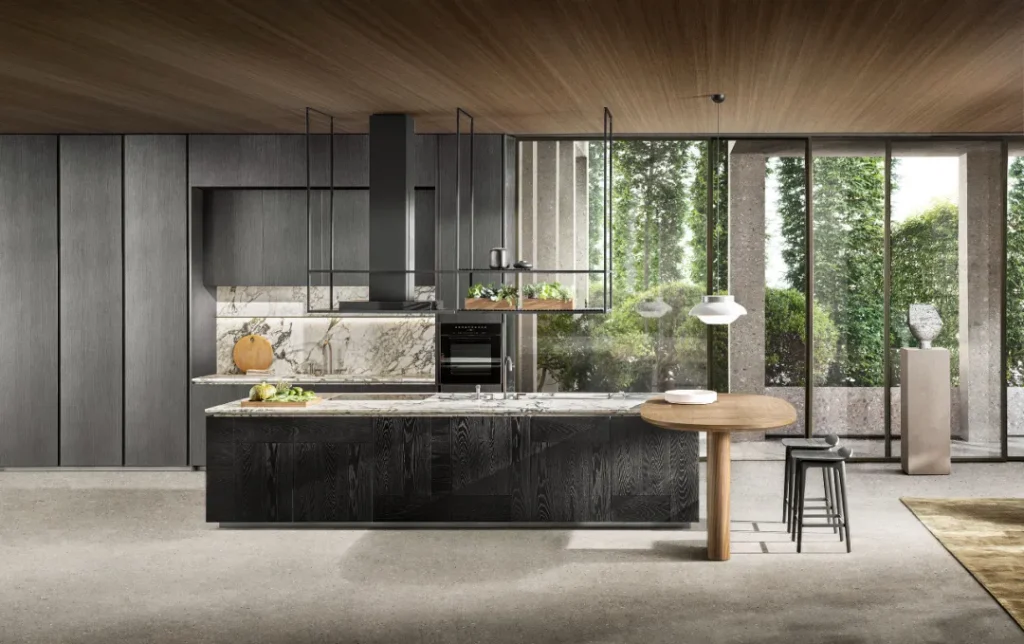The Fascinating History of Verner Panton: A Pioneer of Danish Design
Introduction
Verner Panton (1926-1998) was a designer who made a significant impact on modern design. He was a pioneer in Danish design, and his work included furniture design, lighting fixtures, and interior design. In this article, we will take a closer look at Panton’s design legacy and how he influenced the industry.
Early Life and Education
Verner Panton was born on February 13, 1926, in Gamtofte, Denmark. His father was a design engineer, and his mother was an artist. Growing up, Panton was surrounded by creativity and developed an interest in design from a young age. After completing his high school education, he attended the Royal Danish Academy of Fine Arts in Copenhagen, where he studied architecture.
Becoming a Designer
In the 1950s, Panton worked as an assistant for the renowned Danish furniture designer Arne Jacobsen. He then opened his own design studio in 1955 and began producing furniture, lighting fixtures, and textiles. Panton’s designs were experimental, and he worked with materials like plastic, which was a new and modern material at the time.
Design Innovation
Panton is best known for his innovative use of materials and colors. He created unique furniture pieces like the Panton Chair, which was the first chair to be made entirely out of plastic. The chair was a commercial success and won awards for its design. Panton also created the 3-D Living Tower, which was a modular living unit that included a kitchen, bedroom, and bathroom.
In addition to his furniture, Panton also designed lighting fixtures, including the Flowerpot Lamp, which is still popular today. His lighting designs utilized bright colors and unusual shapes to create a unique and playful look.
Interior Design and Architecture
Panton’s design work also extended to interior design and architecture. He designed several interior spaces, including the Spiegel publishing house in Hamburg, Germany, which was known for its bold orange color scheme. Panton’s designs were not limited to indoors, as he also created outdoor furniture and designed a hotel in Denmark called the Astoria, which was covered in colorful murals.
Legacy
Verner Panton’s legacy in design is significant. His designs were innovative, playful, and ahead of their time. He helped push the boundaries of what was possible in furniture design and used materials in new and exciting ways. Panton’s influence can still be seen in modern design today.
Conclusion
Verner Panton was a pioneer of Danish design and left a lasting impact on the industry. His designs were innovative and playful, and he was always pushing the boundaries of what was possible. From his unique furniture designs to his colorful interior spaces, Panton’s legacy will continue to inspire countless designers for years to come.



